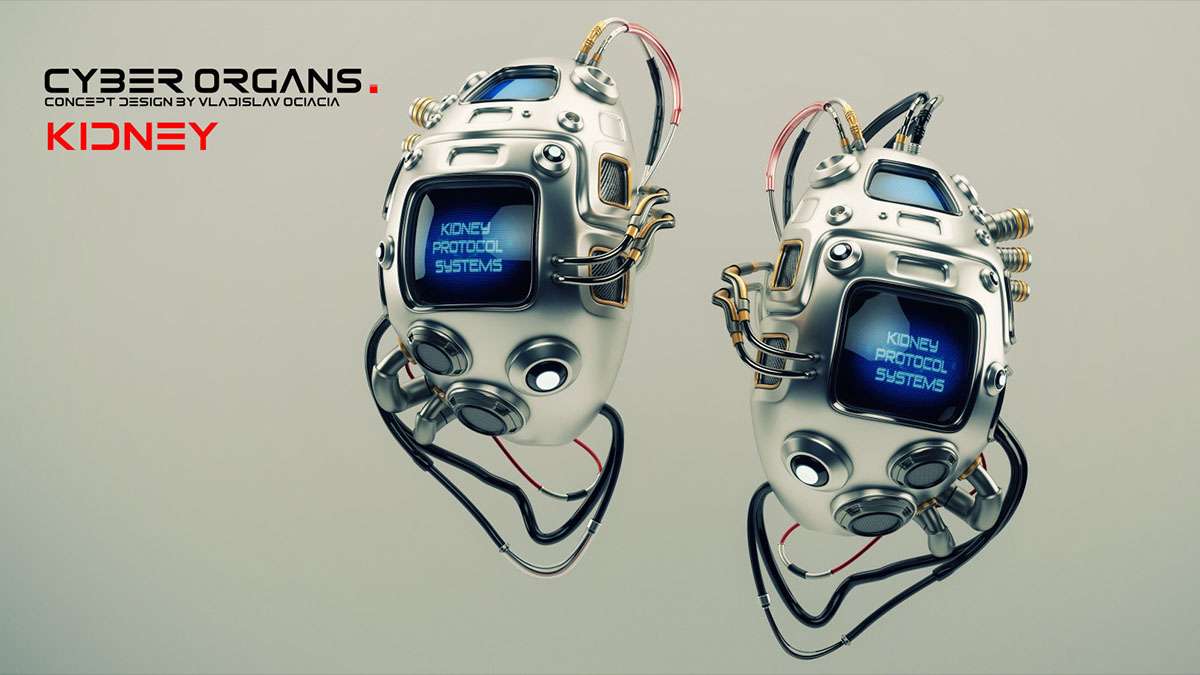how to weave machinery into biology

As we’re starting to test artificially grown organs, scientists are wondering how to make sure that their methods result in viable tissues. One of the first steps was to take organ growth into three dimensions, letting the cells grow on a scaffold and self-organize into the right muscles, valves, and other soft tissue. Usually these scaffolds are derived from existing organs purified of all their old cells and many are designed to break down into naturally occurring chemicals to be flushed out of the body on implantation. But how do you check what the organ can be implanted with the necessary level of precision? Why turn the scaffold into a monitoring device by letting cells grow on a sensor. This way, when the tissues grow, you can monitor the electrical buzz between the cells and track how well they’re developing and working together. But so far, this method had a pretty sever limitation. It could only be done in two dimensions, one less than we need for viable organic structures. So much potential but so problematic to implement.
Well, researchers at MIT decided to tackle this problem and came up with a new biocompatible material that could be arranged into a proper three dimensional scaffold and monitor both the structure and function of an organ. After successfully growing cardiac muscles around a mesh of this electro-sensitive substance, they were able to monitor the effects of a chemical that speeds up heart rate. Using their method, we could obtain a treasure trove of new data about how well a future artificial organ will grow and run it through a battery of tests to make sure it’s fit for clinical use to replace a damaged or failing organ. Even more interesting would be the opportunity for doctors to keep monitoring how the organ is doing and give patients advance warning should a health crisis be imminent. Imagine a future in which your aging and failing vital organs could be replaced with wired versions of themselves and report on how well your body is doing, giving all sorts of useful warnings should something new go wrong. Better yet, the mesh would simply read the behavior of the cells around it and report it back to a system which can make sense of the detected patterns so there’s not delicate, over-engineered instrument sitting inside you.
And all that brings us to another question. Could nanoparticles made from this material hitch a ride through a patient’s bloodstream to the liver, lungs, heart, kidneys, possibly into some key parts of the musculoskeletal system, maybe even the brain itself (though that would be a major challenge in and of itself), and monitor his or her health by listening to the patterns of electrical signals emitted by the organs’ cells. Could be a path to early detection and treatment of cancer strains that grow into tumors when we learn how to track the electrochemical signs of a malicious cell being formed? The possibilities posed by this technology are really quite amazing and come with great potential for new medical markets. Let’s hope there will be a lot of follow up to see if it really would be possible to make us all cyborgs with internal biocompatible sensors that will help us better diagnose what ails us as our bodies accumulate wear and tear. It sounds an awful lot like a science fiction movie, true. But in this case, the technology is very real and we have some very good ideas out there for how to turn it into science fact with the right funding and expertise behind this invention’s spin-off projects.
See: Tian, B., et al. (2012). Macroporous nanowire nanoelectronic scaffolds for synthetic tissues Nature Materials DOI: 10.1038/nmat3404





